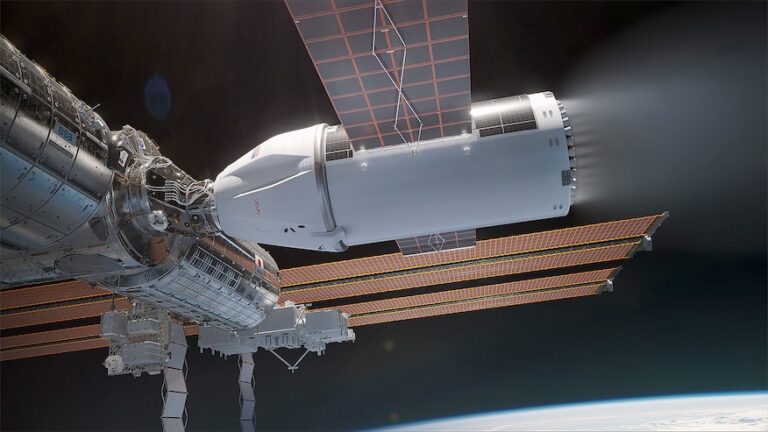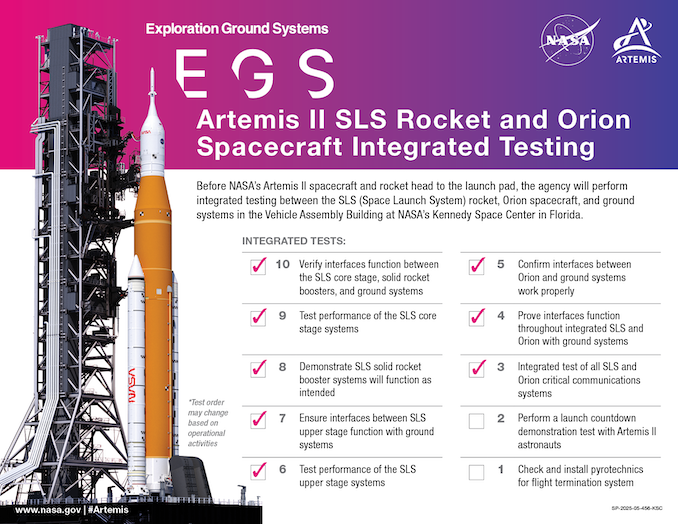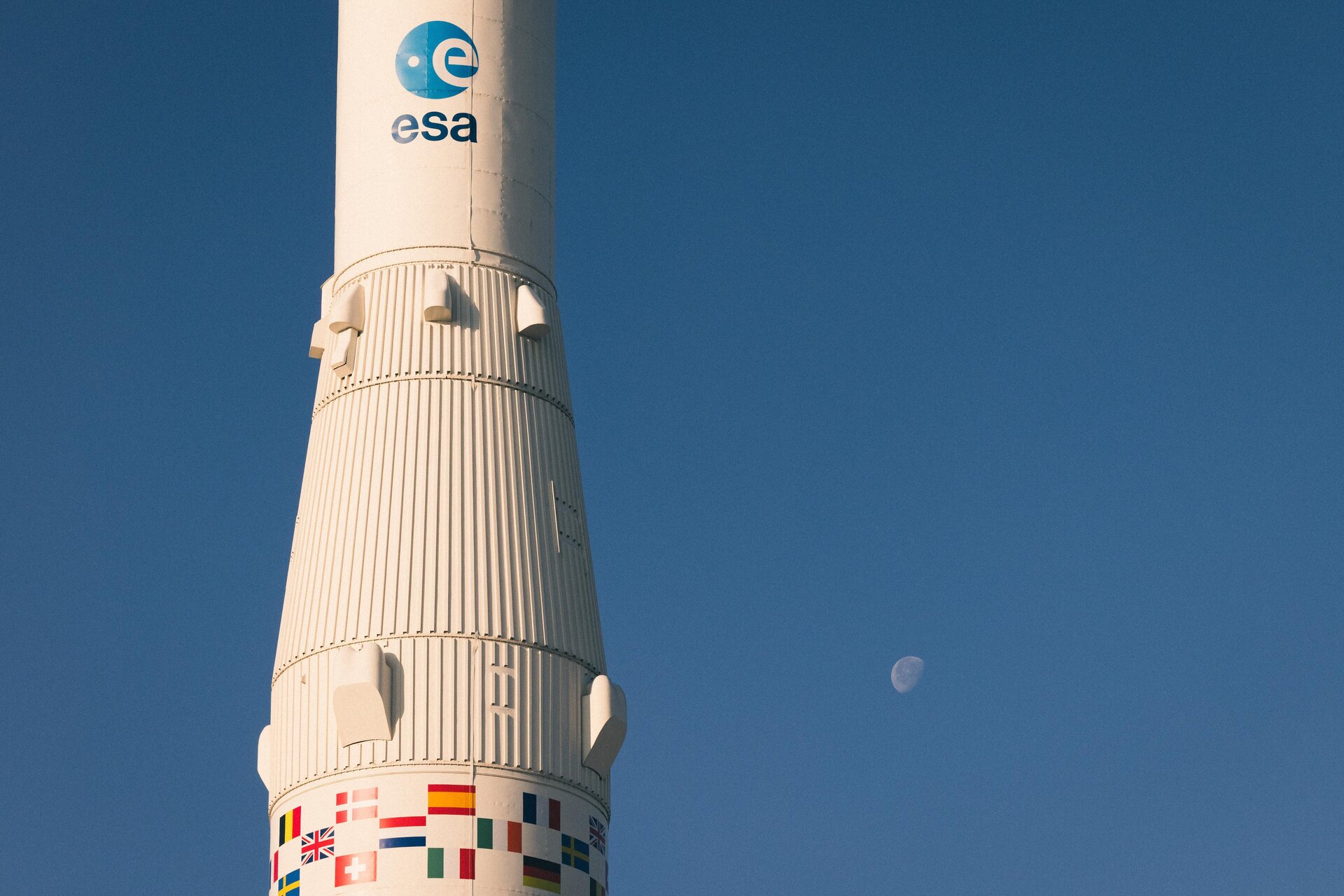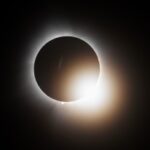Now Reading: Live coverage: SpaceX to launch 23 Starlink satellites on Falcon 9 rocket from Cape Canaveral
-
01
Live coverage: SpaceX to launch 23 Starlink satellites on Falcon 9 rocket from Cape Canaveral
Live coverage: SpaceX to launch 23 Starlink satellites on Falcon 9 rocket from Cape Canaveral
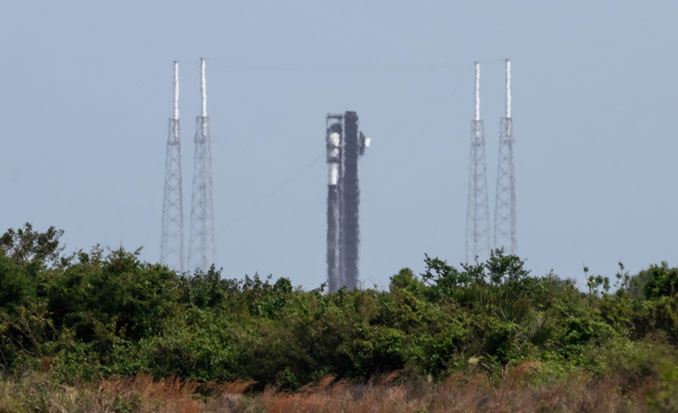

SpaceX is preparing for its 490th Falcon 9 rocket, which will carry a batch of 23 of its Starlink V2 Mini satellites into low Earth orbit on Friday.
The mission, dubbed Starlink 12-26, will launch from Space Launch Complex 40 at Cape Canaveral Space Force Station. SpaceX is aiming for liftoff at 11:21 a.m. EDT (1521 UTC).
Spaceflight Now will have live coverage beginning about an hour prior to liftoff.
The 45th Weather Squadron forecast an 85 percent chance of favorable weather at the opening of the original, four-hour launch window, which opened at 7:45 a.m. EDT (1145 UTC). However, conditions drop to 60 percent favorable towards the end of the window.
“The Atlantic ridge will remain to the north of Central Florida through late week, with a continuation of low-level onshore flow,” launch weather officers wrote on Thursday. “Some decrease in column moisture through the atmosphere is noted into the weekend as another round of Saharan dust influences the local atmosphere.
“However, this regime will still support onshore-moving showers during the night and morning hours along the coast, with early daily seabreeze formation focusing more widespread shower and thunderstorm activity inland during the afternoon and evening hours.”
SpaceX will use the Falcon 9 first stage booster with the tail number B1078, which will launch for a 21st time. Its previous flights include NASA’s Crew-6, ASTSpaceMobile’s Bluebird 1-5 and USSF-124.
A little more than eight minutes after liftoff, B1078 will target a landing on the droneship, ‘A Shortfall of Gravitas.’ If successful, this will be the 113th touchdown on this vessel and the 462nd booster landing to date.
Onboard the Falcon 9 rocket are 23 Starlink V2 Mini satellites, of which 13 have direct-to-cell capabilities. To date, SpaceX has launched 661 of these DTC Starlink satellites, with 273 of them sent to low Earth orbit in 2025 so far.
Stay Informed With the Latest & Most Important News
Previous Post
Next Post
Previous Post
Next Post
-
 012024 in Review: Highlights from NASA in Silicon Valley
012024 in Review: Highlights from NASA in Silicon Valley -
 02Panasonic Leica Summilux DG 15mm f/1.7 ASPH review
02Panasonic Leica Summilux DG 15mm f/1.7 ASPH review -
 03How New NASA, India Earth Satellite NISAR Will See Earth
03How New NASA, India Earth Satellite NISAR Will See Earth -
 04And Thus Begins A New Year For Life On Earth
04And Thus Begins A New Year For Life On Earth -
 05Astronomy Activation Ambassadors: A New Era
05Astronomy Activation Ambassadors: A New Era -
06SpaceX launch surge helps set new global launch record in 2024
-
 07From Polymerization-Enabled Folding and Assembly to Chemical Evolution: Key Processes for Emergence of Functional Polymers in the Origin of Life
07From Polymerization-Enabled Folding and Assembly to Chemical Evolution: Key Processes for Emergence of Functional Polymers in the Origin of Life












